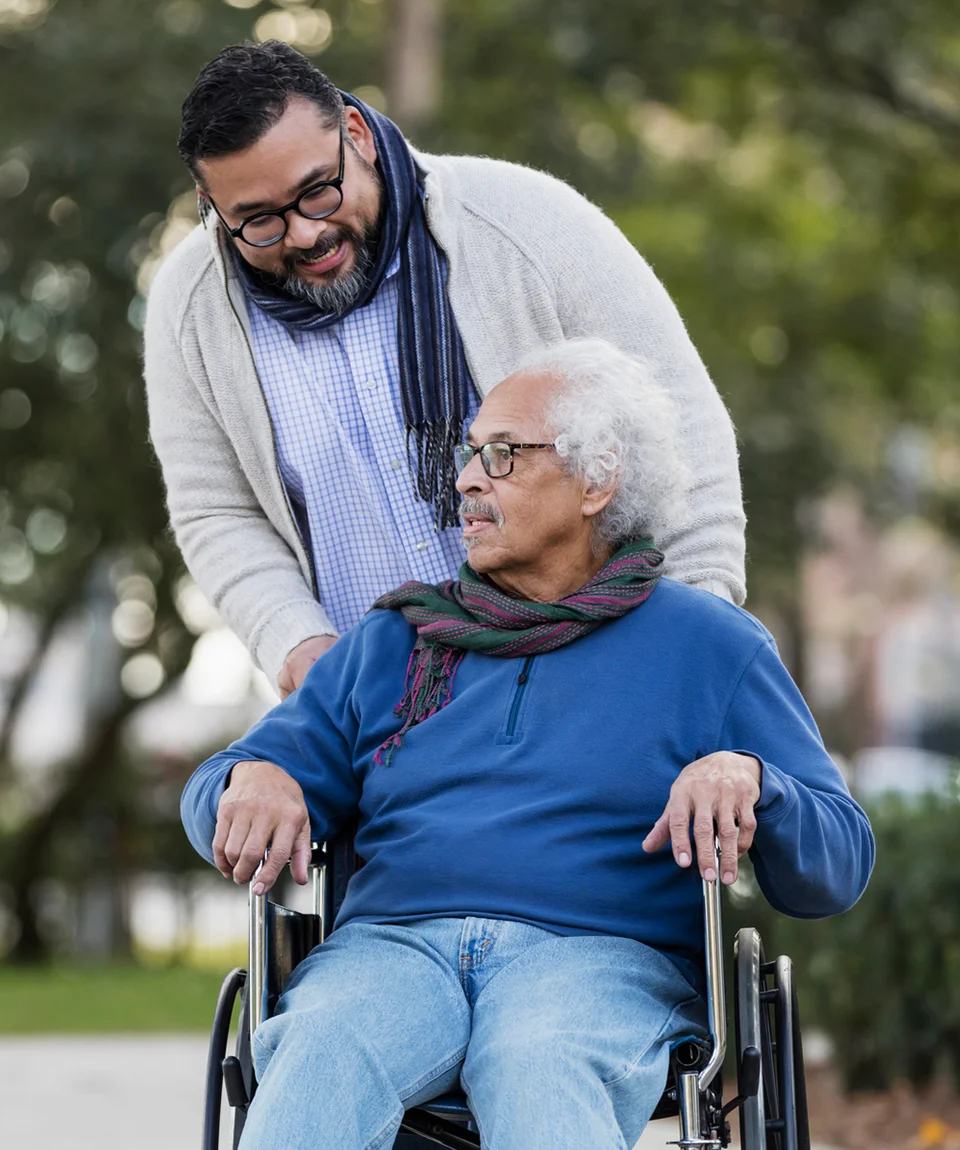What is it?
An angiogram is a test that takes X-ray pictures of the coronary arteries and the vessels that supply blood to the heart. During an angiogram, a special dye is released into the coronary arteries from a catheter (special tube) inserted in a blood vessel. This dye makes the blood vessels visible when an X-ray is taken. Angiography allows doctors to clearly see how blood flows into the heart. This allows them to pinpoint problems with the coronary arteries.
Angiography may be recommended for patients with angina (chest pain) or those with suspected coronary artery disease (CAD). The test gives doctors valuable information on the condition of the coronary arteries, such as atherosclerosis, regurgitation (blood flowing backwards through the heart valves) or pooling of blood in a chamber because of a valve malfunction.
What can you expect?
During the exam
Angiography is performed in a hospital or clinic. You will be asked to lie on a table, and the site where the catheter is to be inserted (the groin or arm) will be cleaned. You will be given a local anesthetic to numb the skin so you feel no pain. Then, a catheter is carefully guided through a vein or artery to a position near the heart. When the catheter is in place, it releases a special dye into the bloodstream. While the dye is being released, you might feel a brief sensation of heat, which usually passes quickly. An angiogram can take about one to two hours. However, it is best to check with the centre where you are having the procedure to find out how long it will take.
After the exam
Angiography is a very common procedure and is generally considered safe. In some patients, the contrast dye may cause nausea, the need to urinate or even allergic reactions, although these side effects are rare.
How do you prepare?
Generally, you should not eat or drink for 6 to 8 hours before having a coronary angiography. Speak to your doctor about how to prepare for the test, specifically about food, drink and medications. If you have questions, it is best to check with the centre where you are having your test for specific information about how to prepare.
